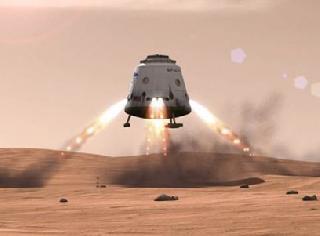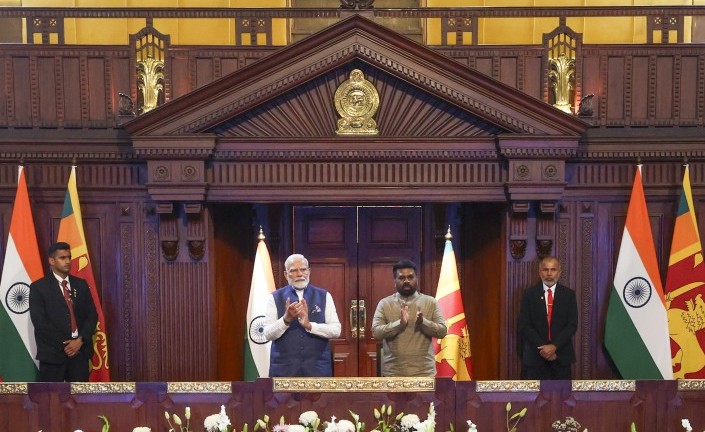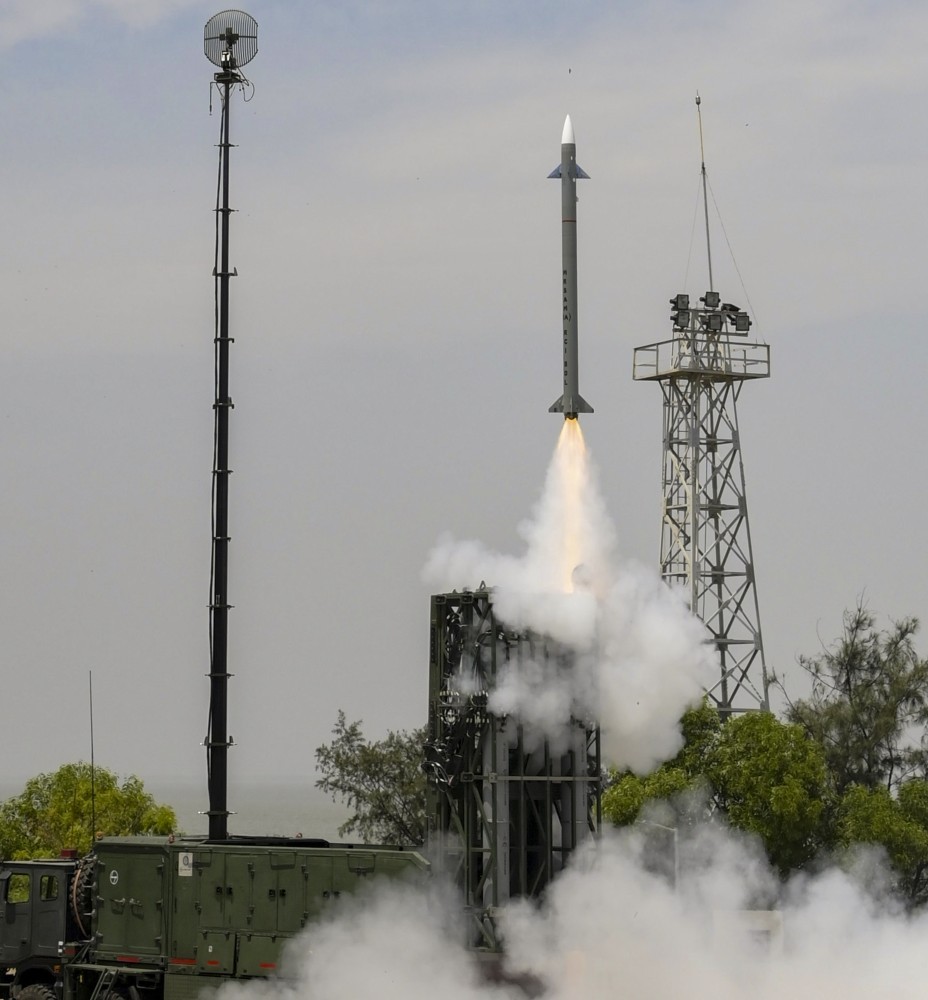
Of the three contenders, SpaceX is the leader of the pack so far, having successfully sent its Dragon capsule on the first private cargo mission to the ISS earlier this year. An artistic illustration of Dragon spacecraft's landing. A SpaceX photo
WASHINGTON (AFP): Three aerospace firms have scored a total of USD 1.1 billion in NASA contracts to compete to build the next spacecraft to carry astronauts to the International Space Station after the shuttle programme's end.
The awards, announced Friday, went to SpaceX, Boeing and Sierra Nevada Corporation, and aim to support efforts to return astronauts to space via US-made transport in the next five years.
The retirement of the US space shuttle fleet last year left Russia as the sole nation capable of transporting astronauts to the ISS, three at a time aboard its Soyuz capsules.
The latest three grants are part of NASA's Commercial Crew Integrated Capability (CCiCap) initiative, "intended to ultimately lead to the availability of commercial human spaceflight services for government and commercial customers," the US space agency said in a statement.
The awards amounted to USD 460 million for Boeing, USD 440 million for SpaceX and USD 212.5 million for Sierra Nevada, based in Colorado.
SpaceX is the leader of the pack so far, having successfully sent its Dragon capsule on the first private cargo mission to the ISS earlier this year.
The California-based company is working to refine the Dragon capsule so it can carry seven astronauts to the ISS by 2015.
Meanwhile, NASA is developing a multi-purpose crew vehicle and space launch system that may one day carry humans to deep space destinations like Mars or an asteroid.
 Previous Article
Previous Article Next Article
Next Article













The Indian Air Force, in its flight trials evaluation report submitted before the Defence Ministry l..
view articleAn insight into the Medium Multi-Role Combat Aircraft competition...
view articleSky enthusiasts can now spot the International Space Station (ISS) commanded by Indian-American astr..
view article